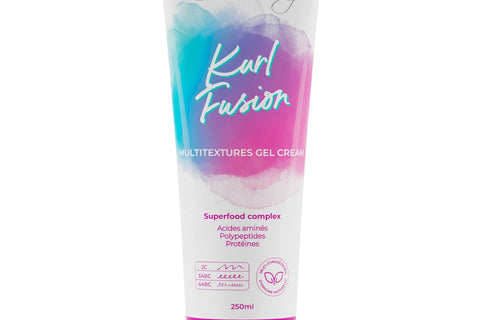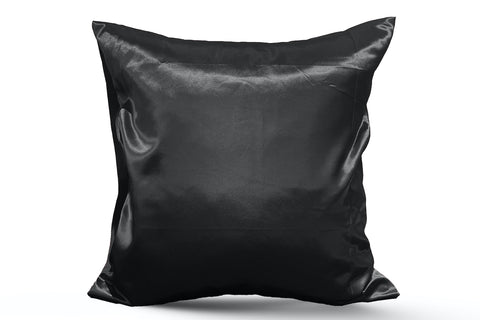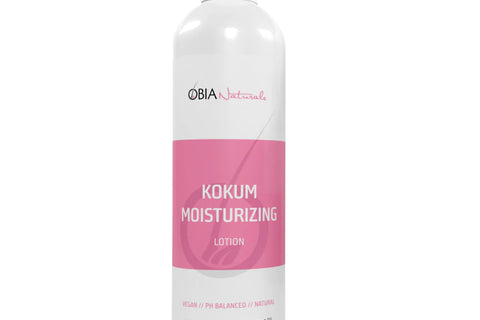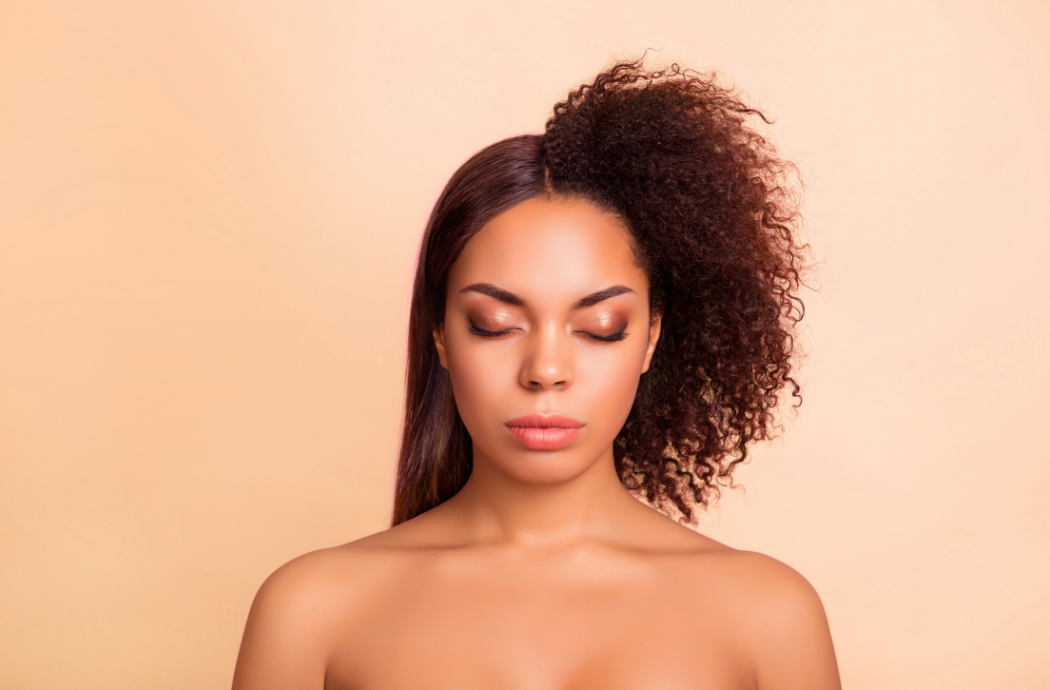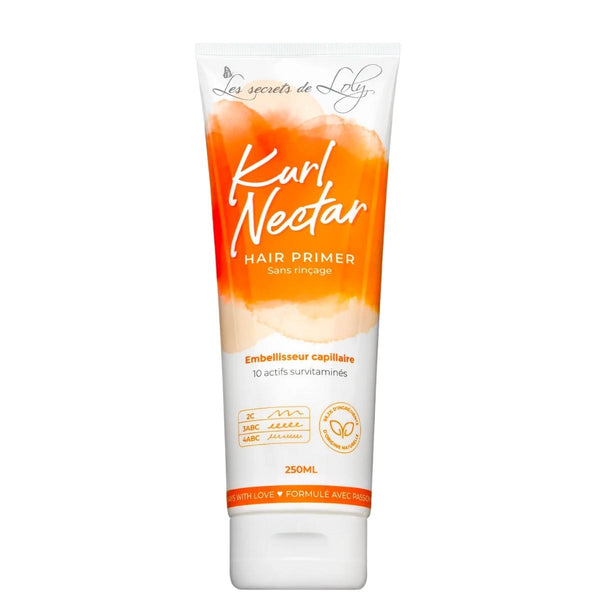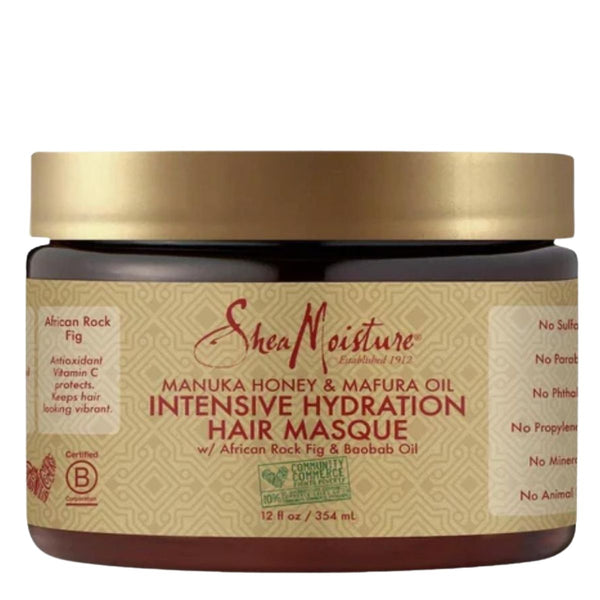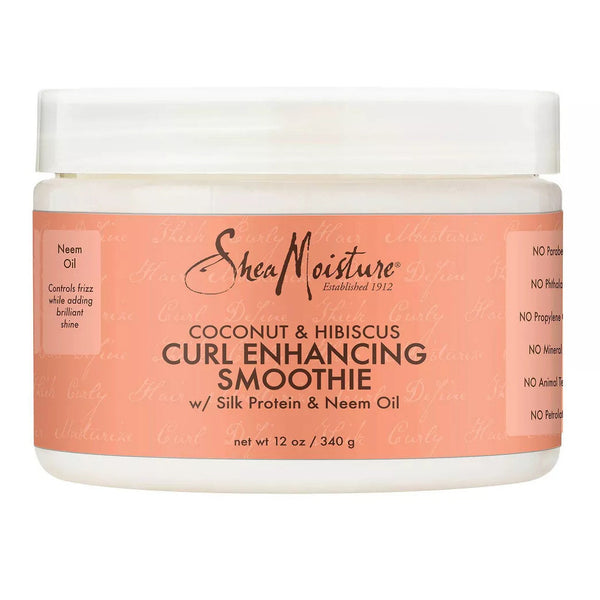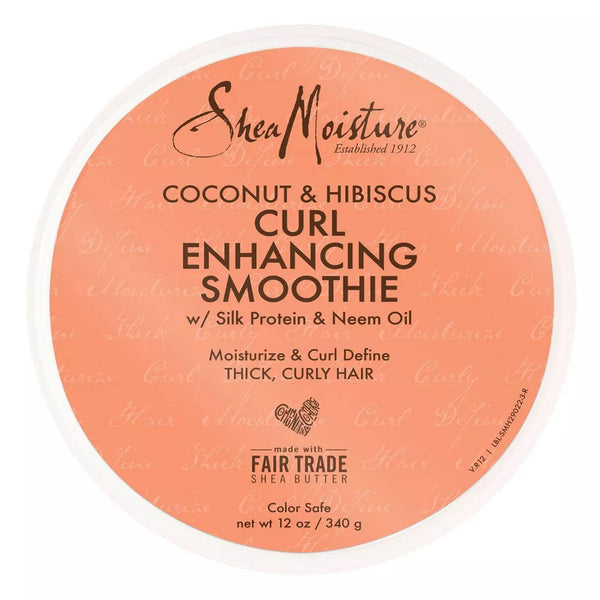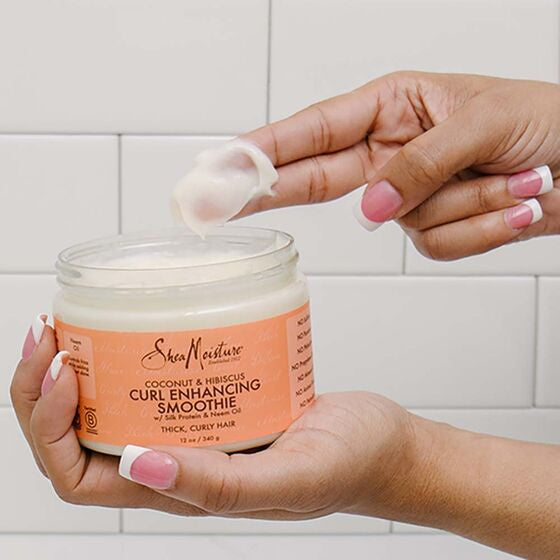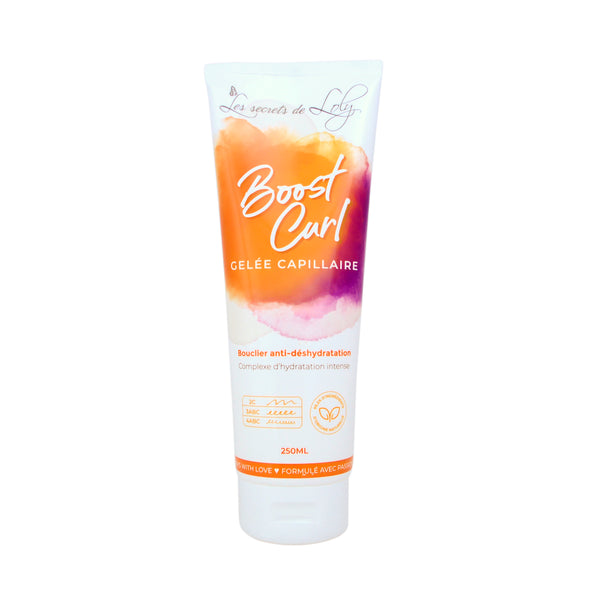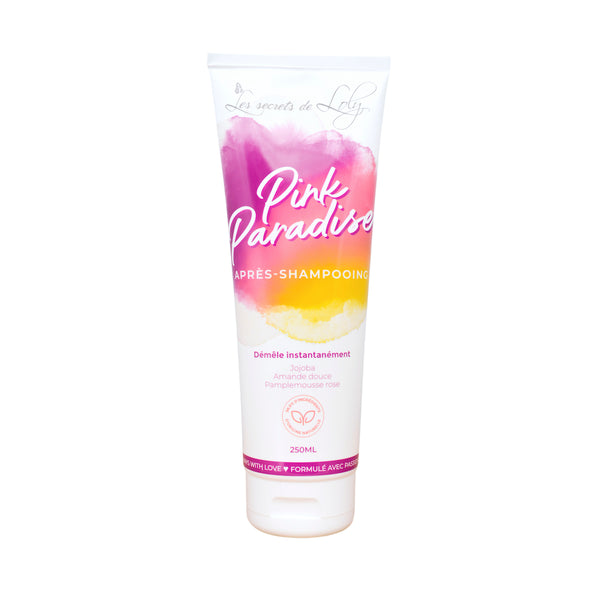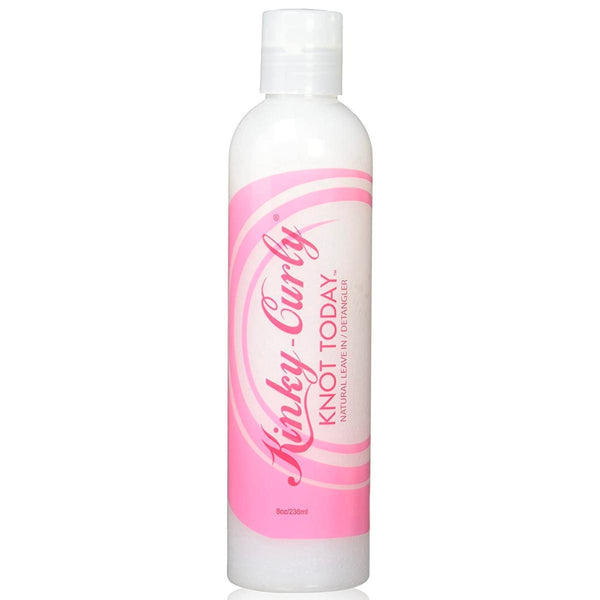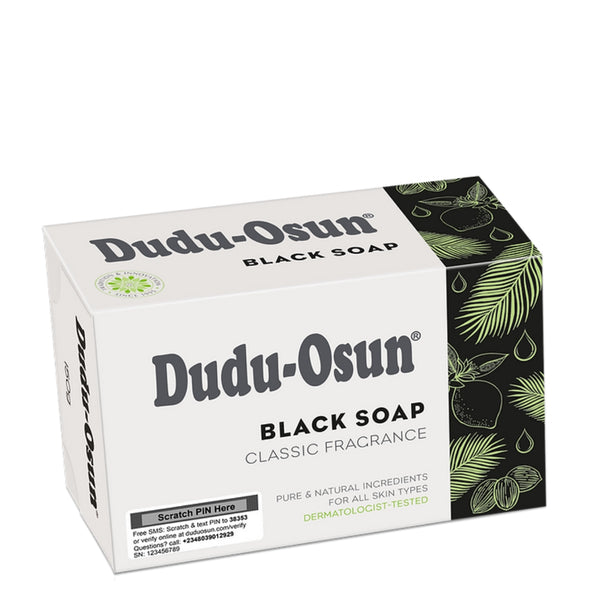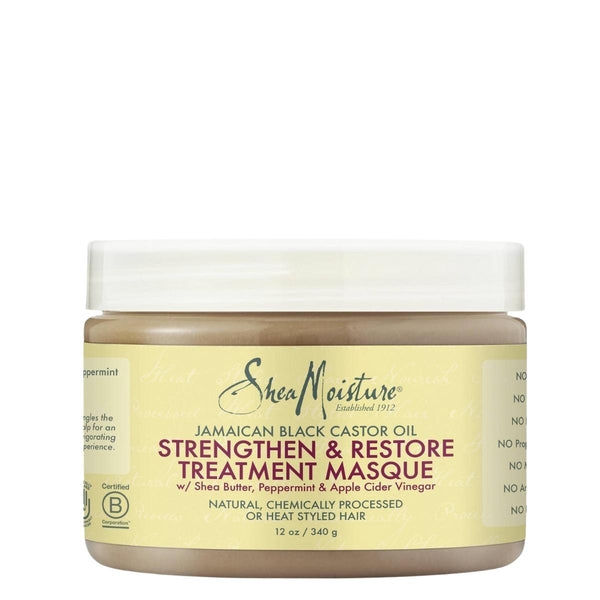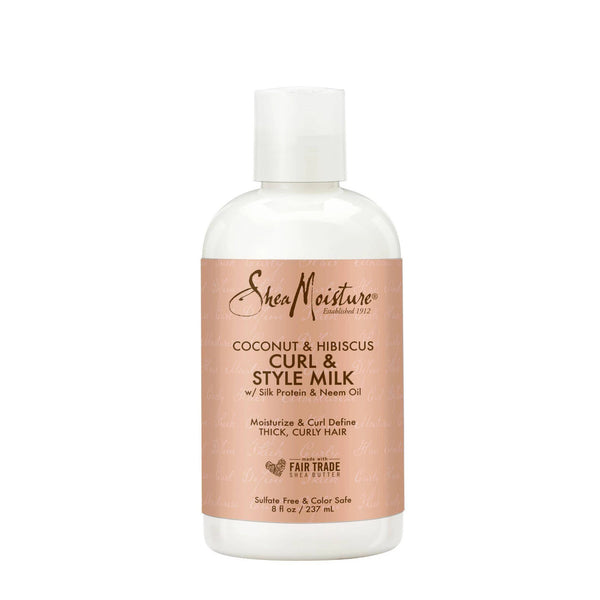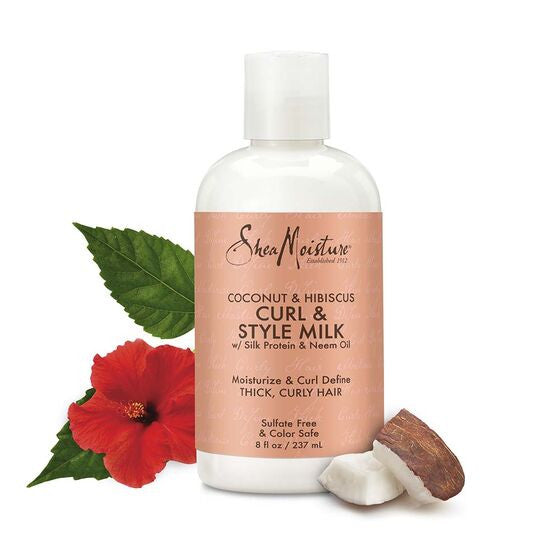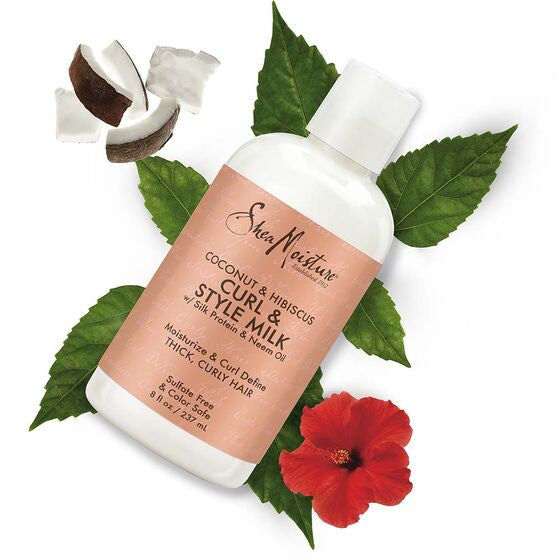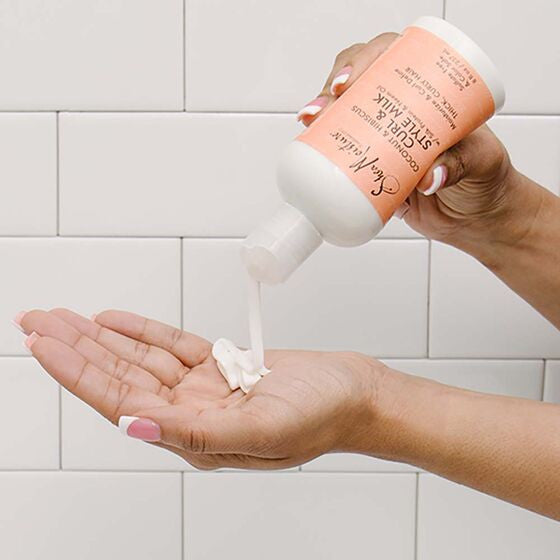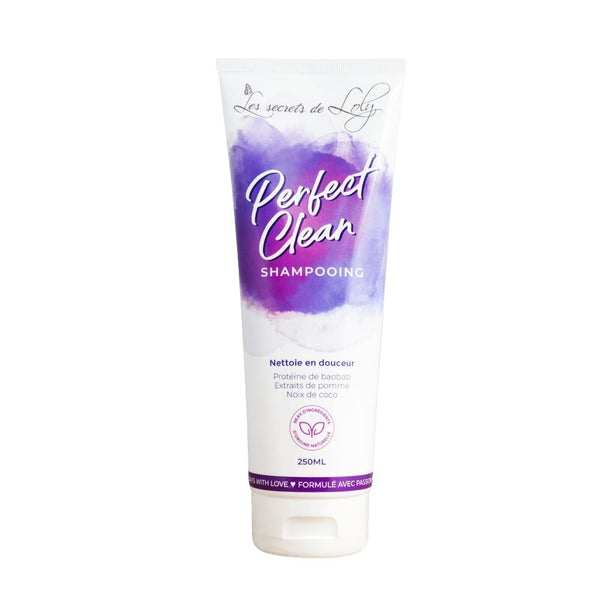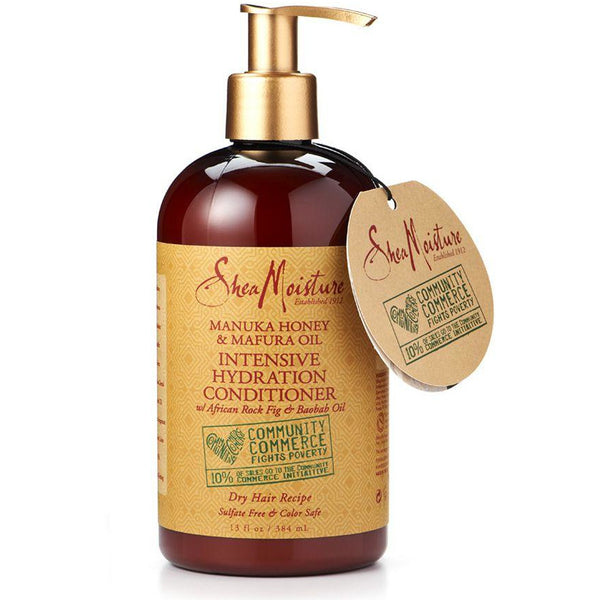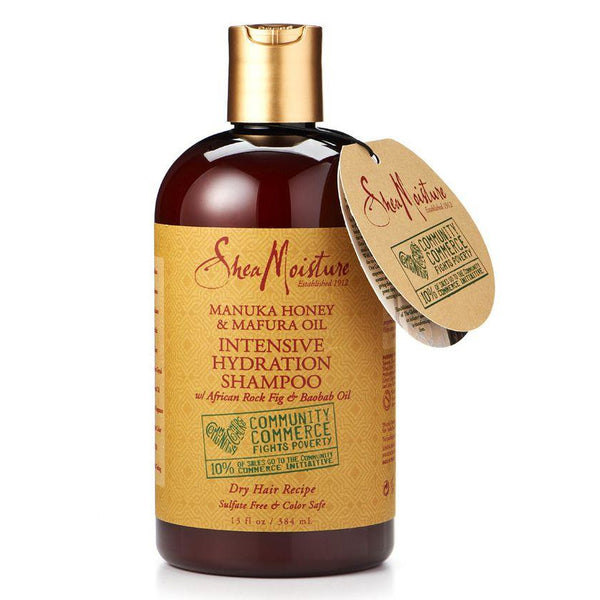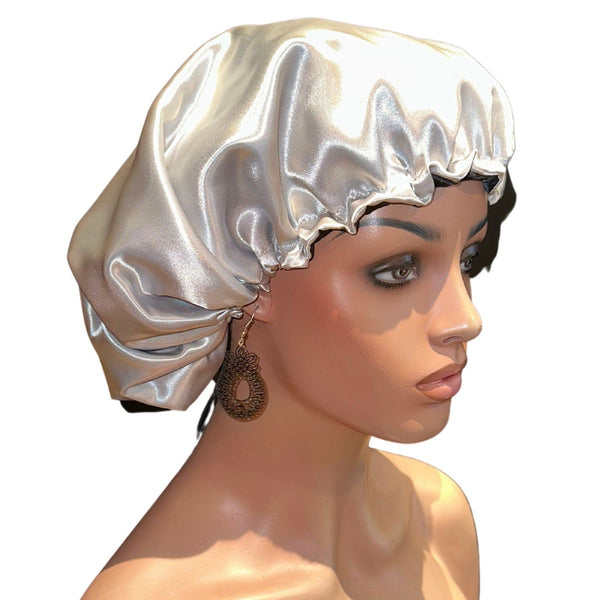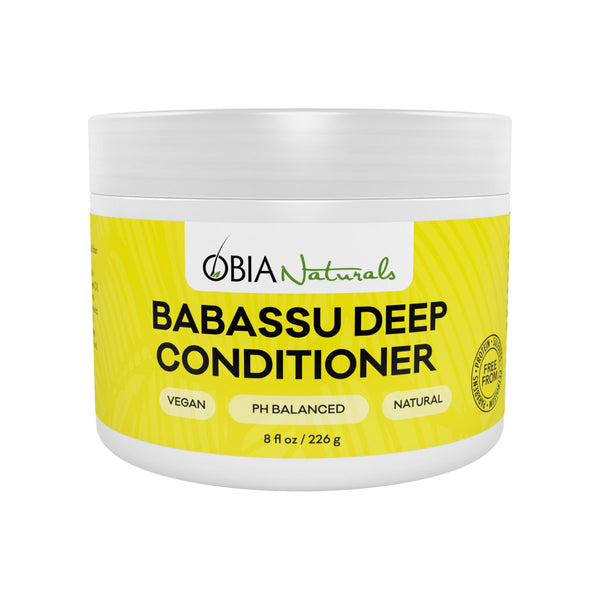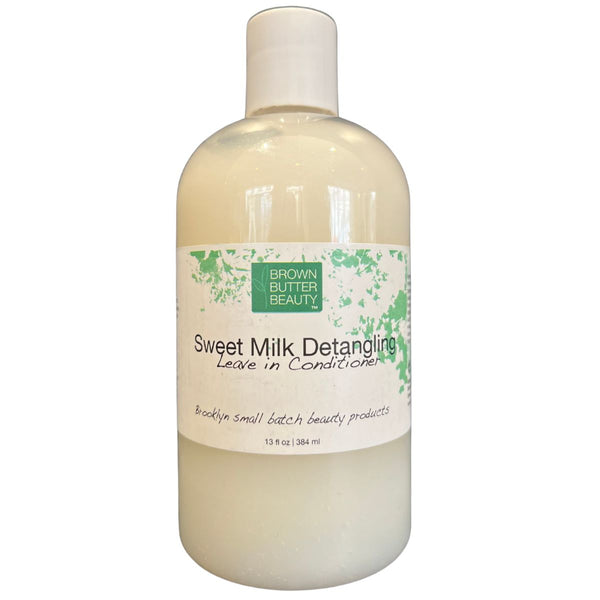The Nappy Hair movement was born in order to promote natural frizzy hair and to abandon practices consisting in distorting the hair: like straightening.
This hairstyle, which consists of making the hair straight with the help of a product, was all the rage in the 70s and 80s.
We owe the beginnings of its marketing in 1905 when Mrs. CJ Walker invented a product to treat the scalp problems, which many black women are affected by. Mrs. CJ Walker invents the hot hair straightening technique, which has made her one of the most powerful black women entrepreneurs in this hair industry.
This method will then be perfected by the inventor and businessman Garrett Augustus Morgan. It was in the 1970s that the most common version was offered, in the form of a hair straightening cream.
However, hair straighteners are not something new and have their origins during slavery.
A not-so-smooth story
During slavery, hairstyles have long been symbols of identity for slaves, representing their roots that bound them to their mother earth.
The slavery period is marked by numerous psychological and physical tortures which took place through multiple punishments. Some masters plunged the heads of rebellious slaves into a lye of water mixed with caustic soda. This practice caused burns, but above all it made the hair smooth. This is how straightening was born.
Above all, slavery marks the advent of a racist ideology that still persists today: establishes a hierarchy between races (sociologically speaking) highlighting everything that appeals to whiteness. It was very repressive during racial segregation, a time during which black people wanted to erase all their Negroid features in order to accommodate themselves to Western beauty standards imposed by white supremacy.
Straightening will therefore be a tool used by black people to straighten their hair in order to break with these physical traits that are specific to them. Many artists display their straightening as a sign of social success, so it was impossible to see them with their natural hair; like singer and pianist Nat King Cole.

Despite struggles, such as the “Black is Beautiful” movement, which changed the way frizzy hair was viewed, straightening came back into fashion in the 1980s after African Americans obtained their rights.
Straightening, what is it?
As its action indicates, "dé" "friser" refers to the permanent transformation of the hair fiber which is originally frizzy or curly. The texture of the hair is then modified in order to make it smoother.
On curly and frizzy hair, we then proceed to a strong straightening which is based on an alkaline-based method. Alkaline products will open the scales of the hair in order to reach deep into the hair fiber in order to artificially break down the keratin molecules.
This technique will make it possible to make the texture of the hair stiffer.
We also have thiolated straightening which will destroy 30% of the disulphide bonds at the origin of the curliness of the hair. The hair will therefore stiffen until it softens.
There are 2 techniques: a cold technique which involves the use of a straightening cream and a hot technique through the use of a straightening comb which is heated to high temperature.
Just like the pause time, the power of straightening varies according to the hair:
- For fine and fragile hair, use a gentle straightener
- For fine to normal hair, opt for a normal straightener
- For thick and resistant hair, we will rather use for a strong straightening
Make life easier yes, but at what cost?
We know that zero risk does not exist even more when we expose our hair to chemical attack!
The use of relaxers affects the health of the hair: exposed to scalp burns but also to hair loss. And that's not all, the damage is worse when the scalp is already irritated.
Straightening completely weakens the hair fiber, thus causing a loss of protein, but the hair is made up of 95% of it. The hair is therefore more fragile, which makes it drier and more brittle.
If the relaxer product touches the scalp it causes an imbalance in the pH of the scalp. This imbalance therefore leads to the appearance of dandruff or irritation of the scalp.
In addition, the composition of relaxer products leaves something to be desired since it contains soda and endocrine disruptors.
According to a study by Boston epidemiology researchers published in the American Journal of Epidemiology, straightening could cause uterine fibroids, precocious puberty and urinary problems.
In order to reduce the risks, it is therefore important to take all the precautions, starting with establishing a good routine for straightened hair.
Colorful Black's recommendations
Hair care is important, even more so when the hair has undergone chemical treatments.
Colorful Black offers you a routine for straightened hair:
Step 1 : Wash with Design Essentials Honey Crème Moisture Retention Shampoo to hydrate, detangle and smooth the hair cuticle.

You can also opt for the Peppermint & Aloe Therapeutics Anti-Itch Shampoo by Design Essentials to rid your scalp of dandruff.
Step 2 : Rebalance with the pH with Rosemary & Mint Stimulating Super Moisturizing Conditioner which thanks to rosemary purifies and rebalances the hair and peppermint which helps stimulate growth and soothes the scalp.

Step 3 : Hydrate with Design Essentials Kukui & Coconut Hydrating Leave-In Conditioner

Its formula composed of kukui and coconut leaves your hair naturally hydrated and shiny. It penetrates deep to keep hair healthy and prevent breakage.
Step 4 : Style with Nutriment RX Crème Hairdress by Design Essentials which, thanks to its composition rich in vitamins, brings life back to dull hair lacking in hydration.

This styling cream puts an end to dryness while restoring the balance of your hair.
If you are transitioning from using relaxers, we recommend products from Shea Moisture's Raw Shea Butter line.
Want to know more ? Discover our tips for taking care of your frizzy hair in transition .
